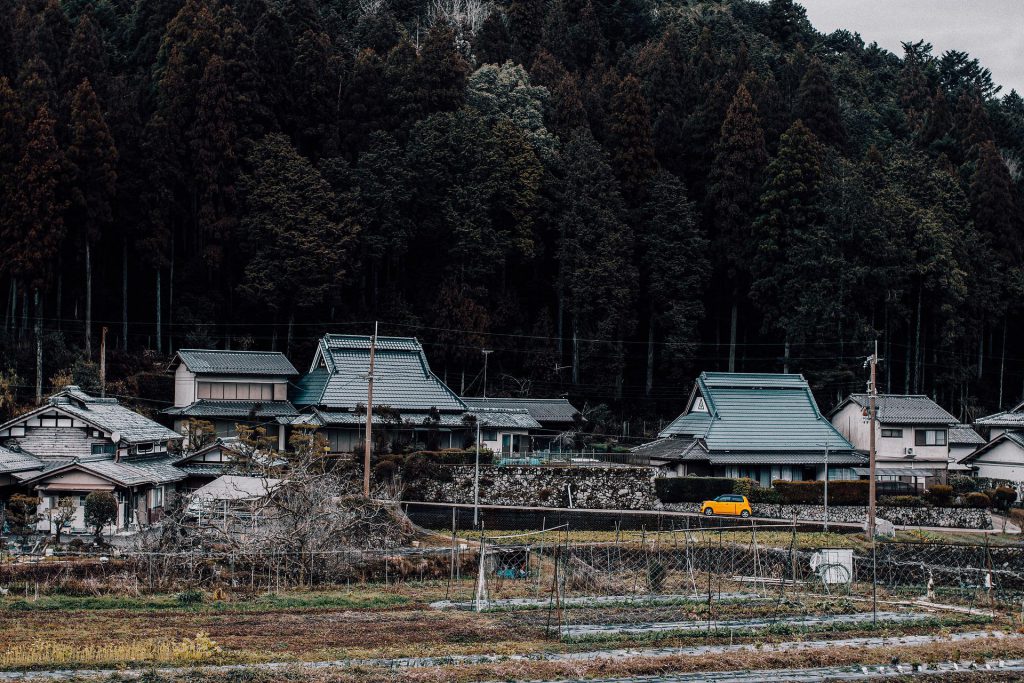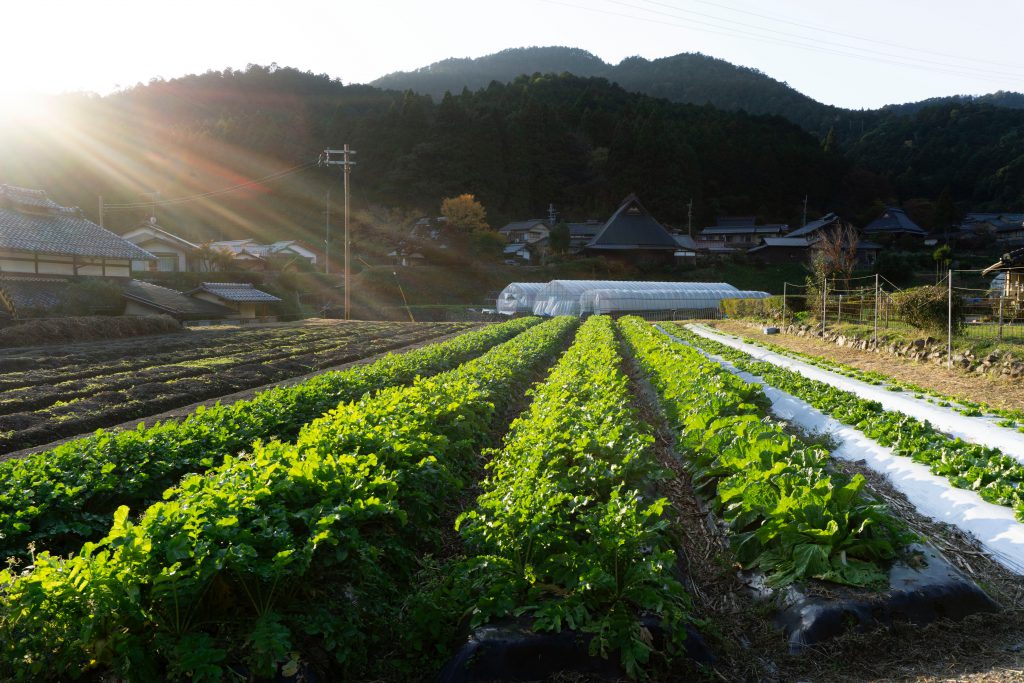Kyoto: Ohara Ancient Temples Tour
W023
Ohara is a mountainous area of rich nature about 20 km north of Kyoto Station. It became famous 55 years ago for a song about a woman on a journey to heal a broken heart. Ohara is a region rich in history, with the tombs of emperors defeated in battle and a nunnery for a mother who lost a young emperor in the war. On the other hand, it is also a place where Buddhist monks undergo rigorous ascetic training. Ohara still attracts many people today because of its quiet environment and mysterious charm that soothes the soul.
HIGHLIGHT
◆ Walk the serene halls and view the famous garden of Sanzenin Temple, a major temple in Ohara’s forested mountains
◆ Visit the tomb outskirts of the two defeated emperors who tried to overthrow the medieval samurai government
◆ Rest easy in peaceful Jikko-in Temple, where you can see a tranquil traditional garden from its tatami-matted main hall
◆ Explore Shorin-in Temple, home to a striking Amida Buddha statue and a significant location for Shomyo-style Buddhist chanting
WHAT YOU CAN EXPECT
【Itinerary】JR Kyoto Station → Ohara → JR Kyoto Station
This tour will visit Sanzenin Temple, Ohara Mausoleum, Jikkoin Temple, and Shorinin Temple to learn more about the lives of ancient aristocrats and Buddhist monks who continued the practice of Japanese Buddhist chanting.
(1) Jakkoin Temple: Built by Prince Shotoku in 594, Jakkoin Temple was the site of a battle in the 11th century that divided the warriors in two; the Taira clan’s previous leader fell at Dannoura in Yamaguchi Prefecture, and the 6-year-old Emperor Antoku drowned in the ocean during the battle. His mother, Kenreimonin Tokuko (daughter of a Taira general), mourned for her family at Jakkoin, a nun temple.
(2) Sanzenin: This temple was founded in the 8th century and served as a center for Tendai shomyo (Tendai Buddhist chanting). The garden, which is said to represent the Pure Land, is beautiful with moss and can be enjoyed both sitting and walking around.
(3) Ohara Mausoleum: This is the tomb of Emperor Go-Toba, who challenged the Kamakura Shogunate, a samurai government, and was defeated.
(4) Shorinin Temple: Headquarters of the Tendai Shomyo Dojo. Even today, they still train for the shomyo (Buddhist chanting). This area is sandwiched between two rivers, the Lu River and the Ritsu River.
(5) Jikkoin Temple: A Tendai Shomyo dojo that was built as part of Shorinin Temple. Inside the building, instruments used in shomyo are on display. Visitors can also enjoy tea andconfectionery here.
More info
Meeting Place:
The meeting place for this tour is JR Kyoto Station's Rooftop Sky Garden.
Transportation:
We will take the bus to Ohara.
The tour route is as follows:
JR Kyoto Station Rooftop Sky Garden → Sanzenin Temple → Ohara-ryo Temple → Jikkoin Temple → Katsurinin Temple → JR Kyoto Station
The tour will end at JR Kyoto Station.
Want to experience more after this tour? We recommend the following:
W002: Kyoto’s Higashiyama: Tradition, Art & Religion Tour
W003: Gion Night Tour
Itinerary
JR Kyoto Station Rooftop Sky Garden → Sanzenin Temple → Ohara-ryo Temple → Jikkoin Temple → Katsurinin Temple → JR Kyoto Station
CANCELLATION POLICY
In the event of cancellation, the following fees will apply:
(1) 3-14 days prior to the program: 20% of the program fee
(2) 2 days prior to the program: 50% of the program fee
(3) One day before the program or on the day*: 100% of the program fee
*In the case of a no-show, a separate remittance fee will also be charged.
There are no reviews yet. Be the first one to write one.
PROGRAM FEE(Excl. consumption tax)
- Fee per Person
- 19,800JPY
- STARTING TIME
- 8:00~
- DURATION
- 330 mins
- LOCATION
-
Sanzenin, Ohara Imperial Mausoleum, Jikkoin, Shorinin
- MINIMUM NUMBER OF PARTICIPANTS
- 2 people
- INCLUSIONS
- ・Guided tours in English by a nationally licensed tour guide
・Admission to 3 of Sanzenin Temple, Jakkoin Temple, Shorin Temple, and Jikkoin Temple
- EXCLUSIONS
- ・ Food & drink, shopping expenses, etc.
・ Transportation to the meeting place
・ Transportation from the tour end place
※ If you wish to be picked up from your hotel, an additional 3,300 yen (tax included) will be added to the fee.
- NOTIFICATIONS
- ◆ This is a shared program. Multiple groups may take this program at once.
◆ Please follow the instructions of the guide during the program. We will not be responsible for any accidents that may occur due to disobedience of the guide's instructions.
◆ Walking tours may be subject to change due to facility closures or weather conditions. In such cases, we will guide you to alternative locations.
◆ The program duration stated is only approximate. Please note that the duration of the experience may vary depending on the situation and the number of guests.
◆ For walking tours, you are requested to meet our guide at a designated meeting place. If you are late, please contact us at 03-6432-0195 during business hours (weekdays from 9:00 to 18:00).
We may also provide you with an additional telephone number to contact in advance of the program.
◆ If you require special assistance during the program due to any of the following: religious reasons, physical conditions, illness, allergies, or the age of children, please be sure to indicate this in the remarks section of the reservation form at the time of application.
Please note that we cannot guarantee any arrangements or changes to the program without prior inquiry.
◆ The minimum number of participants for this program is 2.
◆ This program is typically held in English. However, languages other than English can also be supported.
Please inquire at info@truejapantours.com for details.
◆ Our business hours are from 9:00 to 18:00 on weekdays.
Please note that inquiries received outside of business hours will be handled on the next business day.
The application deadline for this program is 10:00 a.m. (Japan Standard Time) five business days prior to the tour date.
If you wish to apply after the deadline, please contact us at info@truejapantours.com.
◆ Please note that we cannot guarantee arrangements for programs purchased after the application deadline without prior inquiry.
Stocker
BOOKMARKS
- Not available.



